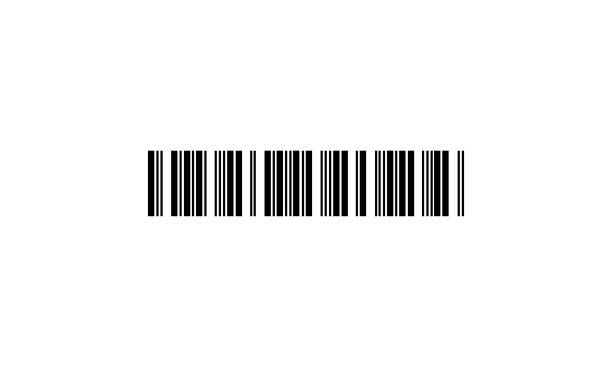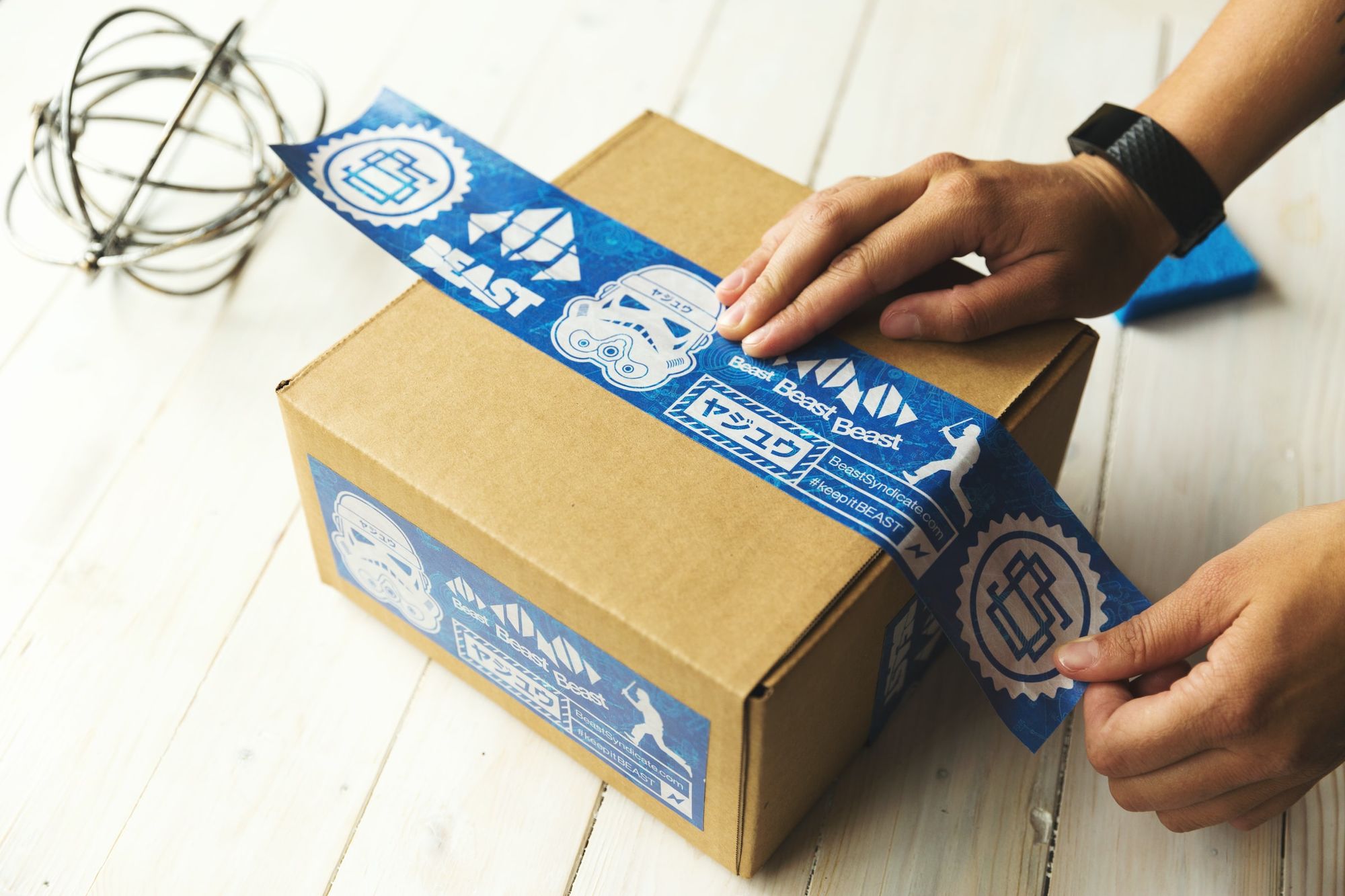According to a survey from ShipBob in 2020, Over half of the shoppers (51%) are willing to pay more for same-day delivery.
Further on, a survey by Narvar in 2020 found that 75% of shoppers say they expect delivery within five days or less.
Additionally, 45% of shoppers are willing to pay more for free returns and exchanges, according to a 2020 survey from Walker Sands.

All of these statistics are related to order fulfillment cycle time which refers to the time it takes from a customer placing an order to them having it in their hands.
Irrespective of whether you have online customers, or offline customers, or both, what is important is not only that your product ticks all the boxes when it comes to quality but also its timely delivery.
Only if you are able to ensure this, thereby giving your customers quicker gratification in a more convenient manner, will you be able to improve customer retention and encourage returning customers.
Thus, order fulfillment cycle time has become an important metric for your manufacturing business to track. By tracking it, you will also be able to assess whether it is good enough or whether there is still scope for improvement so that you can maximize your net revenue.
In fact, your customers are likely to shop elsewhere if they can get the products quicker, even if those products are of lower quality. Thus, it is crucial that your business is known not only for its quality but also for its speed.
For instance, your business can be the go-to online store when your customer needs to buy a last-minute birthday gift for his cousin.
If your business is able to help people out of such sticky dividends, you will be able to increase your return on investment, along with having all the benefits of strong customer loyalty.
Thus, considering that the order fulfillment cycle has a profound effect on the human side of your business, it is essential that you have a complete understanding of it.
This article will help you by covering the following topics:
- What is an Order Fulfillment Cycle?
- Difference between Order Fulfillment Cycle and Order Fulfillment Cycle Time
- Understanding Order Fulfillment Cycle
- 3 Key Factors that will Affect Your Order Fulfillment Cycle Time
- Measuring Order Fulfillment Cycle Time
- Metrics that Your Order Fulfillment Cycle Time Must Refer To
- How Can You Optimize Your Order Fulfillment Cycle Time?
- FAQs Related to Order Fulfillment Cycle
- How can Deskera Help You with Order Fulfillment Cycles?
- Key Takeaways
- Related Articles
What is an Order Fulfillment Cycle?
The order fulfillment cycle refers to the amount of time between a customer purchasing a product until it gets delivered to their doorstep. Thus, contrary to popular belief, there is more to order fulfillment than eCommerce shipping and delivery.
In fact, the order fulfillment cycle is an important metric that will give you insights into the effectiveness of your entire order fulfillment process.
Considering that several online shopping consumer data shows that customer satisfaction is largely tied up in fast deliveries, order fulfillment cycle time is a crucial metric for you to track and then use insights from for other business processes.
These insights will help you maximize your net profit ratio while improving your business metrics and financial statements.
Difference between Order Fulfillment Cycle and Order Fulfillment Cycle Time
Order Fulfillment Cycle: The order fulfillment cycle is the process of a customer placing an order through to the product or service being delivered. This includes everything from the customer placing the order to the product being shipped and the customer receiving the order.
Order Fulfillment Cycle Time: The order fulfillment cycle time is the amount of time it takes to complete the order fulfillment cycle. This includes all the steps from the customer placing the order to the product being delivered.
The order fulfillment cycle time can be influenced by a range of factors, such as the availability of the product, delivery logistics, and customer expectations.
Thus, they are largely interlinked concepts.
Understanding Order Fulfillment Cycle
As discussed in the previous section, the order fulfillment cycle, as well as the order fulfillment cycle time, takes into account the entire process. Thus, it includes the following steps:
Order Placement
The process of order fulfillment begins as soon as your customer places an order through your website, social media, or a third-party eCommerce platform like Lazada or Amazon.
Process Payment
Once the order is received, payment must be processed. This may involve verifying the customer’s payment information, such as their credit card or PayPal account.
Then, once you have received your order and its payment is verified, it is a common practice that once you receive an order, you send your customer a confirmation email about the same.
Note: However, if you are offering cash-on-delivery services, then you will receive your payment only on delivery of the product to the customer.
Sourcing Required Goods
Depending on your eCommerce store’s fulfillment model, you might already have a specific product and everything else that comes with it on hand.
However, if that is not the case and the required goods need to be shipped, then this step comes after orders get placed to ensure that the sourced goods do not go to waste.
Order Processing
Depending on the product that your store carries, the order manufacturing step comes in various forms. If you have the inventory that is required to fulfill your customer’s order, then this step involves:
- Retrieving the product from the shelf
- Doing its quality check
- Boxing and packing the order
- Lastly, handing it off to the shipping team or division.
Order Shipping
Parcels that are prepared and good to go to their customers are shipped to third-party carriers. However, depending on the size, weight, and dimensions of your product, the best shipping option for the same must be determined by you.
This step also includes obtaining the proper shipping labels and arranging for the carrier to pick up the package.
Track and Trace
Once the items are shipped, they must be tracked and traced. This involves monitoring the shipment’s progress from the time it leaves the warehouse to the time it arrives at the customer’s doorstep.
It also involves making any necessary changes to the shipping process to ensure that it reaches your customer in a timely manner.
Update Inventory
The inventory is updated to reflect the items that were sold. This includes marking the items as sold and reducing the stock levels.
Update Accounting Records
The accounting records are updated to reflect the payment for the order. This includes entering the payment into the accounting system and adjusting any necessary accounts.
Resolve Issues and Disputes
If any issues arise during the order fulfillment cycle, such as a shipment being delayed or damaged, it is important to resolve them quickly and efficiently.
Any disputes that arise between you and the customer must be handled in a timely manner. This includes investigating the claim and issuing a resolution.
Follow Up
After the order has been fulfilled and shipped, it is important to follow up with the customer to ensure they are satisfied with their purchase. This can be done through a survey or by simply asking them directly.
Return of Goods
If the customer is not satisfied with the order, the goods are returned, and a refund is issued. This includes processing the return, issuing credit, and restocking the item.
Document Process
The entire order fulfillment process is documented. This includes creating a log of all actions taken and maintaining accurate records.
Monitor Performance
The performance of the order fulfillment process is monitored and evaluated. This includes measuring accuracy, efficiency, and customer satisfaction.
Improve Process
Any areas of improvement are identified and implemented. This includes making changes to the process and procedures to ensure the highest level of customer satisfaction.
3 Key Factors that will Affect Your Order Fulfillment Cycle Time
In order to stay competitive in the eCommerce industry, it is crucial for you to maintain a low order fulfillment cycle time. However, controlling the cycle time can prove to be quite challenging as sourcing inventory and parcel delivery are only two of the several factors that are out of your hands.
However, the first step in optimizing your process is measuring the order fulfillment cycle time. Thus, let us understand the following three key factors that can affect your cycle time in various ways:
Source Time
Source time refers to the amount of time between a customer ordering a product and you receiving the raw materials and other required goods to fulfill that order. This factor thus highlights the importance of you having reliable suppliers and an efficient eCommerce platform in place.
Production Time
This is the total time it takes to manufacture, prep, and pack an order. After this, the order should be ready for delivery. This is thus a key determinant of the order fulfillment cycle time.
Delivery Time
This refers to the period of time between the parcel leaving your warehouse till when your customer receives it.
Measuring Order Fulfillment Cycle Time
Using a formula to measure order fulfillment cycle time will help you when measuring fulfillment in your business. The most commonly used formula to measure the same is:
Total Order Fulfillment Cycle Time = Source Time + Production Time + Delivery Time
For example, if a customer orders a wooden phone case online on September 20, and receives it on September 30, then the total order fulfillment cycle time as per the formula would be ten days.
While this information is informative, it fails to truly tell you how you are performing on your shop floor and how accurate is the master production schedule.
However, if you use this information to calculate each variable of the order fulfillment cycle so that you are able to run your business as efficiently as possible, then you will be able to improve your cash flow and operational metrics.
If on looking into each variable, you find that the actual time taken for order fulfillment is longer than expected, then you must find out what is happening in detail. Some of the possible reasons for the same are:
- It might be possible that you need a better inventory management system in place, like Deskera MRP.
- The reason behind the delay in the cycle time might be that your online orders page is not being checked early enough in the day.
- It might be that the orders are not being communicated effectively to your whole team.
- Some of your eCommerce orders have been forgotten because they are not recorded on the sales orders page through your main MRP system.
Once you have figured out how to track this metric for your business, you will be able to find out how consistent your business’s order fulfillment is. Additionally, what you must remember is that there are several other KPIs that are important for your business and that you must track.
For instance, while your orders may be reaching your customers in a timely manner, you need to find out whether they are reaching as per your customer’s exact specifications. With full and accurate documentation? And without any damage?
Only if your answer to all of these questions is yes, along with punctual delivery, then you have managed to have a perfect order. This is what every business must aspire to achieve.
Metrics that Your Order Fulfillment Cycle Time Must Refer To
Each of the metrics that we will now be discussing has value when analyzing your business’ order fulfillment and supply chain capacities.
However, you must make sure that you do not overthink every part of your order fulfillment, as it might deter you from running your operations. Rather, you must do so only to the extent that it helps you understand and track what is going on in your business.
Thus, some of these metrics that you must refer to lower your order fulfillment cycle time and have perfect orders are:
Promised Customer Order Cycle Time
This is the expected order fulfillment time that you inform your customers. It will thus remain constant.
This means that you have to hope that external factors will not permanently prolong your orders and that you are able to streamline your order fulfillment cycle so that you can lower this metric over time.
In fact, this is a good benchmark to keep track of the other metrics that we will now be discussing.
Actual Customer Order Cycle Time
This is the average time it takes your customers to receive their orders after ordering them. This is, thus, the everyday time that you should be aiming to reduce.
Cash to Cash Cycle Time
This is the time taken from spending money on raw materials and supplies till when you receive money from them as finished goods.
Supply Chain Cycle Time
This measures how long it takes you to fulfill a customer’s orders if you do not have the required raw materials at all. Thus, it is the order fulfillment cycle time plus the time it takes to order and receive supplies.
How Can You Optimize Your Order Fulfillment Cycle Time?
Considering that studies have shown that 69% of consumers report that one instance of an unpleasant delivery experience discourages them from buying from the same brand again, it leaves little room for error.
What you must realize as a manufacturer or a retailer is that there is always room for improvement in order fulfillment cycle times. This improvement goes beyond your shipping concerns. Some of the ways you can optimize your order fulfillment cycle time are:
Consider Travel Time
To optimize your order fulfillment cycle times, you must ensure that you are considering the time it takes for the raw materials to reach your warehouse. This is because this time will play a significant role in lowering your overall cycle time.
Thus, if you choose to source your materials from local wholesalers or manufacturers, then the travel time will be cut down significantly. Additionally, it will most likely also reduce your shipping costs, therefore leading to lower business expenses.
Therefore, even if products from local wholesalers or manufacturers are costlier, it will most likely be worth it due to shortened transit time and lower shipping costs.
Analyze the Warehouse Flow
Your total order fulfillment cycle time will most likely be affected by the layout of your warehouse. This means that if you have optimized spaces in your warehouse, then your workers might be able to work more efficiently within that area.
There are several ways of optimizing your warehouse. For instance, you make the distance between the coordinating teams shorter. This will reduce the time taken by a parcel to travel from one team to the next.
Additionally, you should also consider moving necessary resources to the highly utilized areas. This will enable your workers to procure the required goods within their arms reach. Thus, this will reduce the handling time.
Implement Supply Chain Technology
Over the past few years, supply chain technologies have improved significantly. Implementing these will automate several of your business processes like sourcing, production, and even delivery processes.
Not only will this reduce time and save resources for other important processes, but it will also minimize errors and move your operational and business operations at a faster pace. It will also help you better control bullwhip effect in your supply chain.
FAQs Related to Order Fulfillment Cycle
- What is the order fulfillment cycle?
The order fulfillment cycle is the process of taking customer orders, processing them, and delivering the desired items to the customer. This process typically includes steps such as order entry, payment processing, inventory management, order packing, and shipping.
- How long does the order fulfillment cycle typically take?
The amount of time it takes to complete an order fulfillment cycle depends on the complexity of the order and the availability of the requested items. Generally, orders can be processed and shipped within two to three business days.
- What types of payment methods are accepted for order fulfillment?
Most order fulfillment services accept major credit cards and debit cards. Some services also accept payment through PayPal, bank transfers, and other digital payment methods.
- What information do I need to provide to begin an order fulfillment cycle?
In order to begin the order fulfillment cycle, you will need to provide the necessary information, such as the order details, payment information, shipping address, and contact information.
- What happens if an item is out of stock during the order fulfillment cycle?
If an item is out of stock during the order fulfillment cycle, the order fulfillment service will contact your customers to provide an alternate item or to offer them a refund.
- Who is responsible for any damages that occur during the order fulfillment cycle? The order fulfillment service is typically responsible for any damages that occur during the cycle. If the damages are due to negligence on the part of the customer, the customer may be held liable for any associated costs.
- Are order fulfillment services available internationally?
Yes, many order fulfillment services are available internationally and can ship items to customers located anywhere in the world.
How can Deskera Help You with Order Fulfillment Cycles?
As a manufacturer or retailer, it is crucial that you stay on top of your manufacturing processes and resource management.
You must manage production cycles, resource allocations, safety stock, reorder points, and much more to achieve this.
Deskera MRP is the one tool that lets you do all of the above. With Deskera, you can:
- Track raw materials and finished goods inventory
- Manage production plans and routings
- Maintain bill of materials
- Optimize resource allocations
- Generate detailed reports
- Create custom dashboards
And a lot more.
It is also possible to export information and data on Deskera MRP from other systems.
Additionally, Deskera MRP will give you analytics and insights to help you make decisions. This will help you streamline your order fulfillment cycle processes and consequently lower the cycle time.
So go ahead and book a demo for Deskera MRP today!
Key Takeaways
The order fulfillment cycle is the process of taking customer orders, processing them, and delivering the desired items to the customer. This process typically includes steps such as order entry, payment processing, inventory management, order packing, and shipping.
The steps involved in the order fulfillment cycle are:
- Order Placement
- Process payment
- Sourcing required goods
- Order processing
- Order shipping
- Track and trace
- Update inventory
- Update accounting records
- Resolve issues and disputes
- Follow up
- Return of goods
- Document process
- Monitor performance
- Improve process
The three key factors that will affect your order fulfillment cycle time are:
- Source time
- Production time
- Delivery time
Metrics that your order fulfillment cycle time must refer to are:
- Promised Customer Order Cycle Time
- Actual Customer Order Cycle Time
- Cash to Cash Cycle Time
- Supply Chain Cycle Time
Some of the ways in which you can optimize your order fulfillment cycle time are:
- Consider travel time
- Analyze the warehouse flow
- Implement supply chain technology
Thus, if you want to optimize as well as reduce your order fulfillment cycle and the overall cycle time, then you should implement Deskera MRP, which will help you automate several processes, increase accuracy, and give you forecasts and insights to help you make your decisions.
Related Articles











